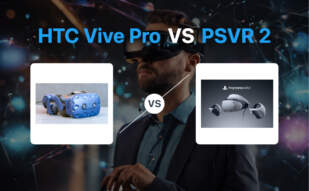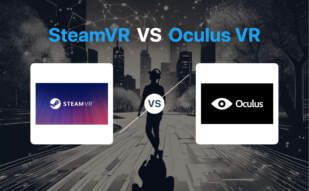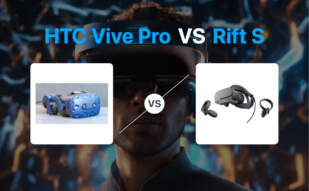For immersive VR gaming, PSVR trumps with its OLED panel and dedicated controllers. Developers targeting mobile VR, Gear VR paired with Three.js, offers a compelling solution. However, consider Samsung’s discontinuation of Gear VR support.
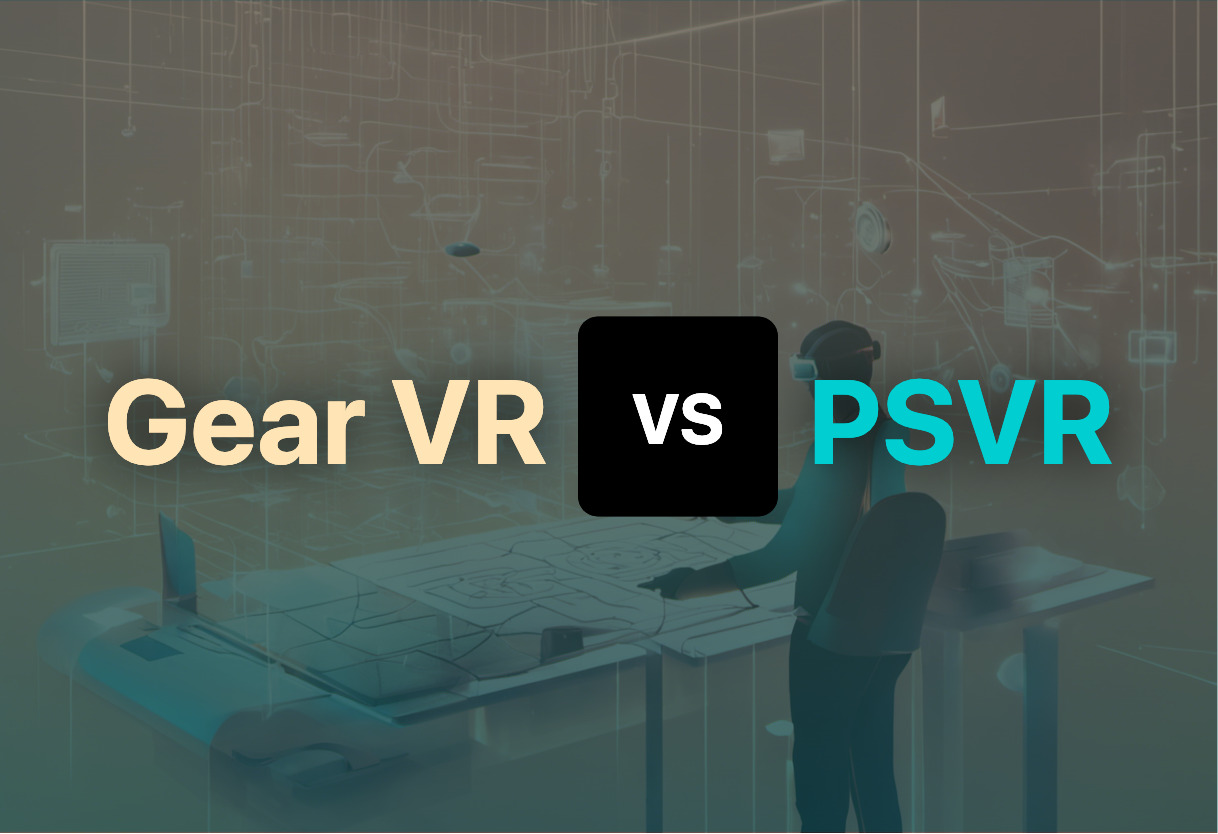
Key Differences Between Gear VR and PSVR
- Gear VR functions through Samsung Galaxy devices while PSVR requires a PlayStation 4/5.
- PSVR targets gaming primarily, Gear VR thrives on mobile virtual reality applications.
- PSVR offers higher display resolution (1080p) compared to Gear VR’s smartphone-dependent resolution.
- Unlike PSVR, the Gear VR utilizes Three.js for 3D computer graphics in browsers.
- PSVR provides a variety of controller options, Gear VR includes a built-in touchpad.
- Support for Gear VR ended September 2020. PSVR maintains active support and development.
| Comparison | Samsung Gear VR | PlayStation VR |
|---|---|---|
| Initial Release | Nov 27, 2015 | October 2016 |
| Total Units Sold | 5 million units | 5 million units (as of Dec 31, 2019) |
| Primary Function | Mobile VR-based gaming, simulations, science and medical education | Gaming with PlayStation 4, backward compatible with PlayStation 5 |
| FOV (Degrees) | 96 for first three models, 101 for R323 | 100 |
| Main Hardware Goals | MTP latency less than 20ms, optimization of hardware and kernel | LED tracking and VR functionality with PlayStation Camera |
What Is Samsung Gear VR and Who’s It For?
Samsung Gear VR, a result of the alliance of Samsung Electronics and Oculus VR, carved its unique space in the realm of virtual reality. Announced in 2014, Samsung Gear VR is an intriguing virtual reality headset catering to the compatible Samsung Galaxy devices. Its main usage revolves around mobile VR-based gaming and simulations, capturing the curiosity of the science and medical education spheres.
From the Galaxy S6 to Galaxy S9/S9+, a wide array of Galaxy devices found compatibility with the Gear VR. The VR unit, however, found its journey terminated by Samsung on Sep 30, 2020. Yet, the Oculus maintains its continuous support, allowing users to immerse in the sea of adventures.
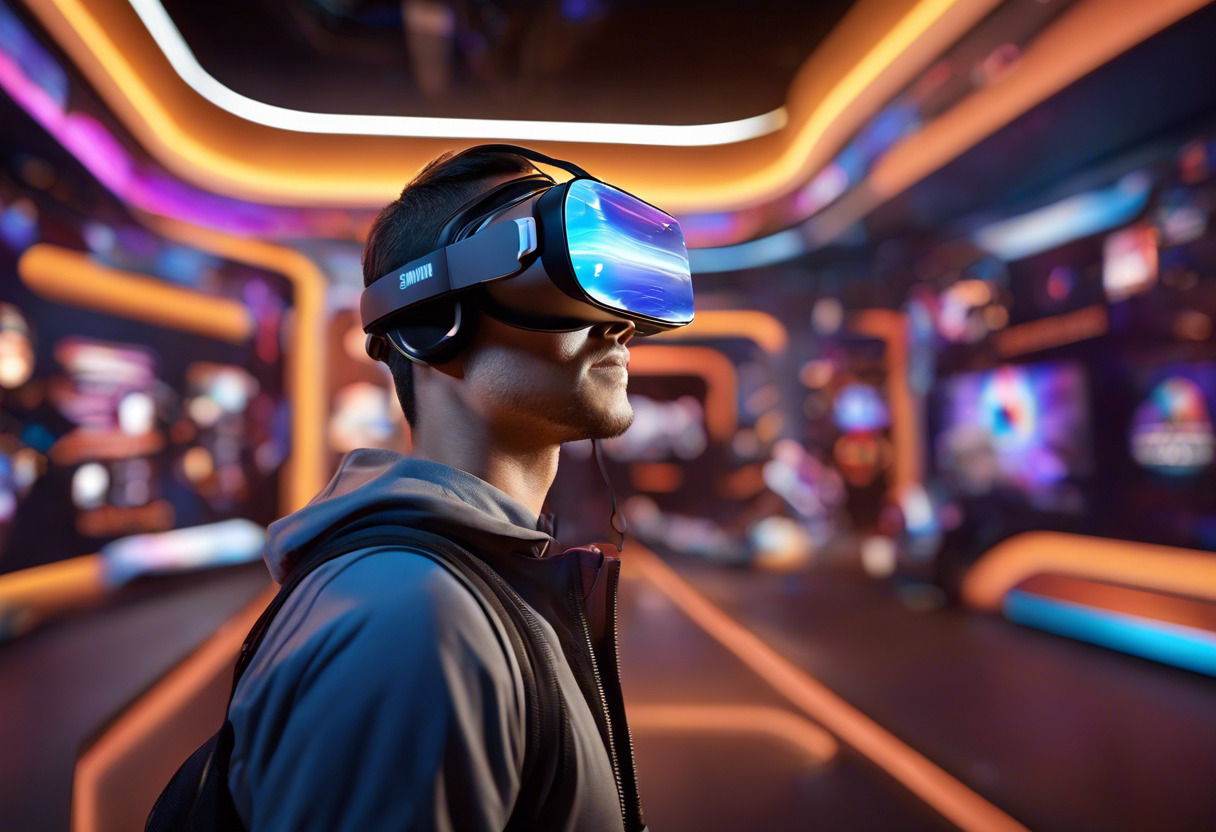
Pros of Samsung Gear VR
- Supported by multiple Samsung devices
- Custom IMU for rotational tracking
- Capable of high-res rendering in headset
- Contribution to mobile VR-based gaming and simulations
Cons of Samsung Gear VR
- Discontinued by Samsung
- Limted compatibility with Samsung Devices
- Lack of support for Galaxy Note10 and newer
What Is PSVR (PlayStation VR) and Who’s It For?
In the realm of gaming, PSVR (PlayStation VR) breathes life into virtual reality. As a Sony Interactive Entertainment product, PSVR culminates the joy of the tech-savvy gaming community. Released in October 2016, it aligns with the PlayStation 4 and PlayStation 5, offering a captivating experience of VR gaming.
PSVR uses a 5.7-inch OLED panel, supporting 1080p display resolution. From native 90 Hz to interpolated 120 Hz, the gameplay modes of PSVR are thrilling. As of 31 Dec 2019, it conquered the sales of over 5 million units. The anticipated launch of PlayStation VR2 on PlayStation 5 heightens the anticipation of the gamers.

Pros of PSVR (PlayStation VR)
- Compatibility with PS4 and PS5
- Varied gameplay modes
- Enhanced viewing of non-VR games
- Compatibility with 3D movies and 360-degree photos/videos
Cons of PSVR (PlayStation VR)
- Requires PlayStation Camera peripheral
- Limited to PlayStation product family
Gear VR vs PSVR: Pricing Overview
The Samsung Gear VR relies on the pricing of compatible Samsung Galaxy devices, while the PSVR has a solid price point across various countries.
Samsung Gear VR
The Samsung Gear VR lacks a standalone price as it is not a standalone device. It requires compatible Samsung Galaxy devices to function, each with its own price point. However, since its discontinuation in September 2020, the investment in a Gear VR also holds the indirect cost of not receiving any further updates from Samsung, though Oculus continues with their support.
PSVR (PlayStation VR)
The pricing of the PSVR is transparent and varies by region: $399 in the US, €399 in Europe, £349 in the UK, ¥44,980 in Japan, A$549 in Australia, and SGD$599 in Singapore. It is noteworthy that the PSVR functions with a PlayStation 4 console- an additional cost to consider, if not already owned. However, it is also backward compatible with the forthcoming PlayStation 5.
The Tech Showdown Verdict: Gear VR vs PSVR
Matching Gear VR and PSVR head-to-head uncovers pros and cons particular to diverse audience segments.
MOBILE VR ENTHUSIASTS
Gear VR reigns superior for lovers of mobile VR gaming and simulations. With a custom IMU for rotational tracking and compatibility with numerous Samsung Galaxy devices, Gear VR offers flexibility and portability. Users enjoy control capabilities via touchpad anddistinct adjustments for focus and volume. However, it’s crucial to note, this product line and XR service phased out in 2020, leaving Oculus for continued support.
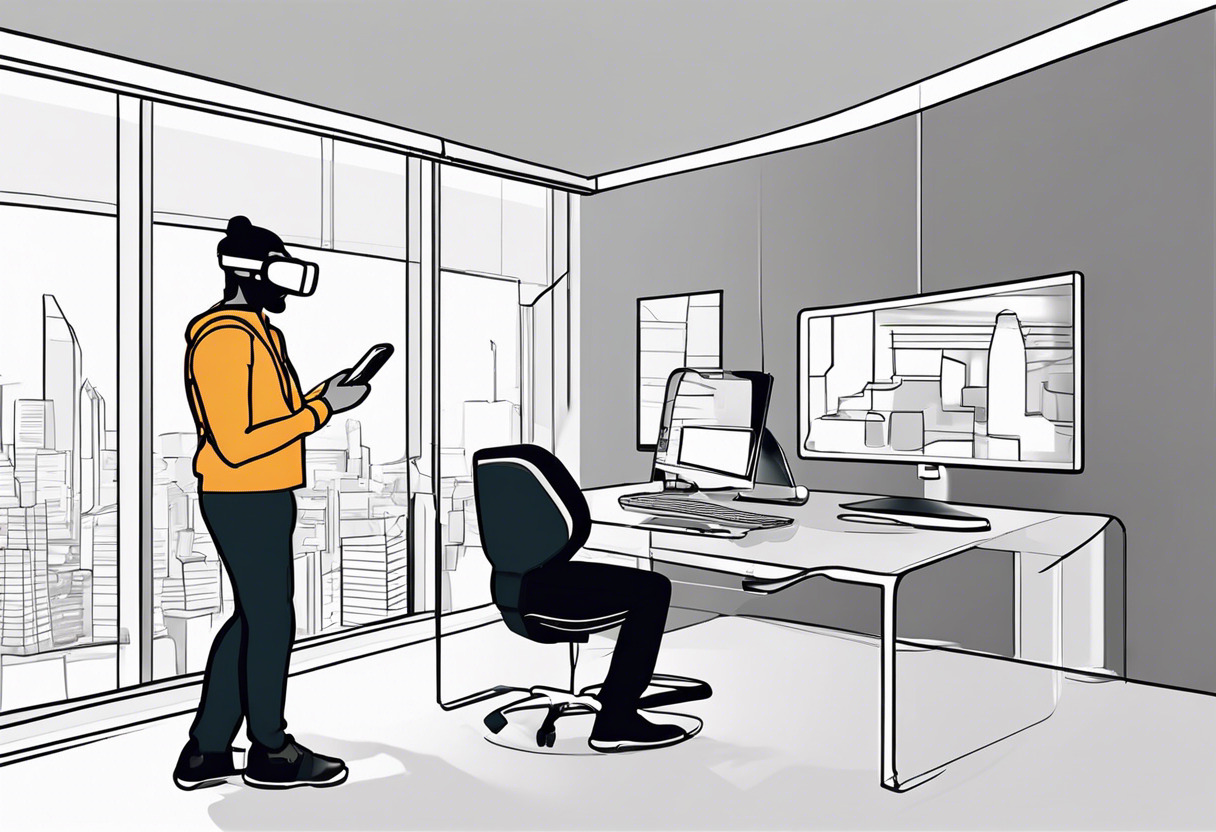
WEB DEVELOPERS
For web developers, Gear VR’s association with three.js is a noteworthy perk. This cross-browser JavaScript library allows the creation of GPU-accelerated 3D animations, boosting Gear VR’s appeal in the domain of web-based 3D content.

CONSOLE GAMERS
PSVR asserts its dominance for classic console gamers, offering integration with PS4 and backwards compatibility with PS5. Required peripherals such as the PlayStation VR Aim Controller bolster the immersive experience, enhancing it with hardware-enabled precision.
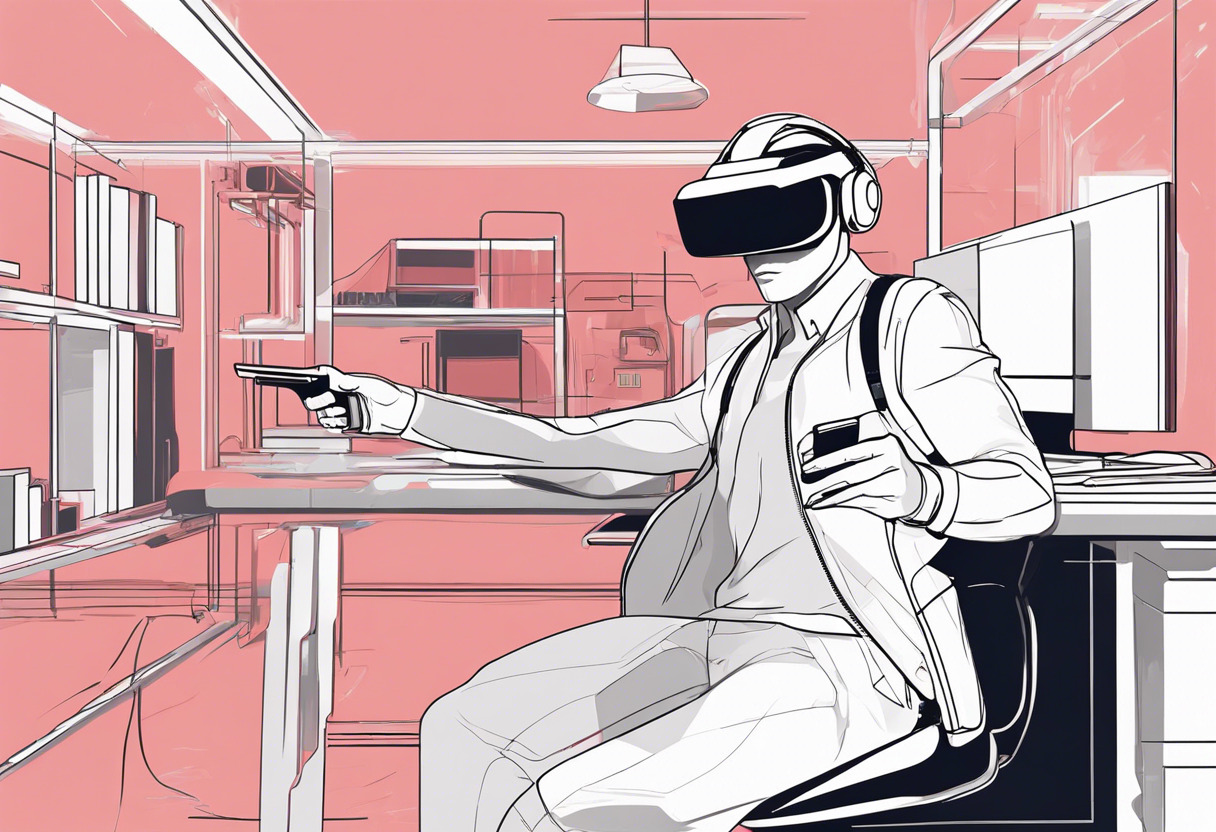
DEVELOPERS TARGETING VR CONTENT
Honing in on VR content creators, PSVR offers a vast pool of active developers, thus easing integration and content sharing amongst peers. An array of diverse game titles and a well-thought-out roadmap for PSVR2 also add to PSVR’s appeal.
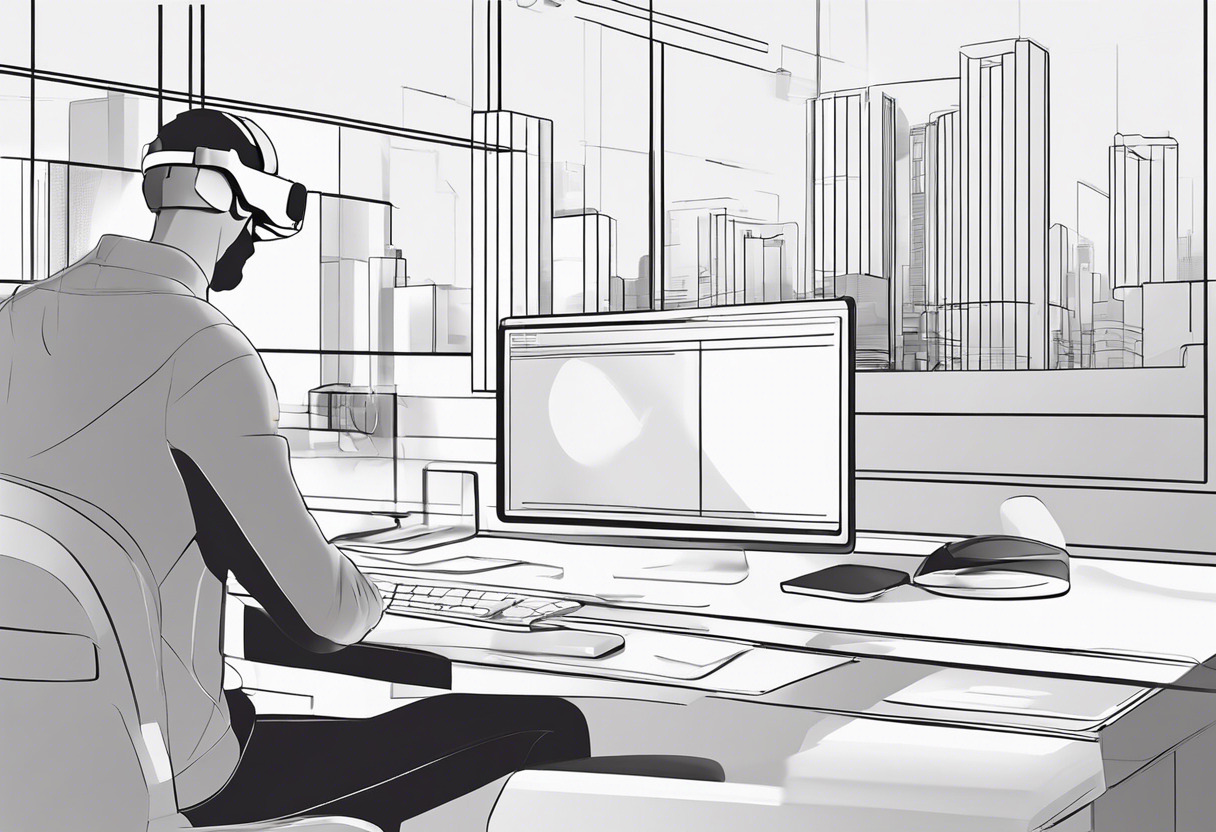
If portability and flexible usage sit on your priority list, Gear VR wins hands down. But for full-featured gaming immersion and a brighter future, choose PSVR – the unanimous choice for console gaming in VR.
Logan Bellbrook
Content writer @ Aircada with a knack for nature & AR/VR/XR. Blogging the intersection of tech & terrain.



